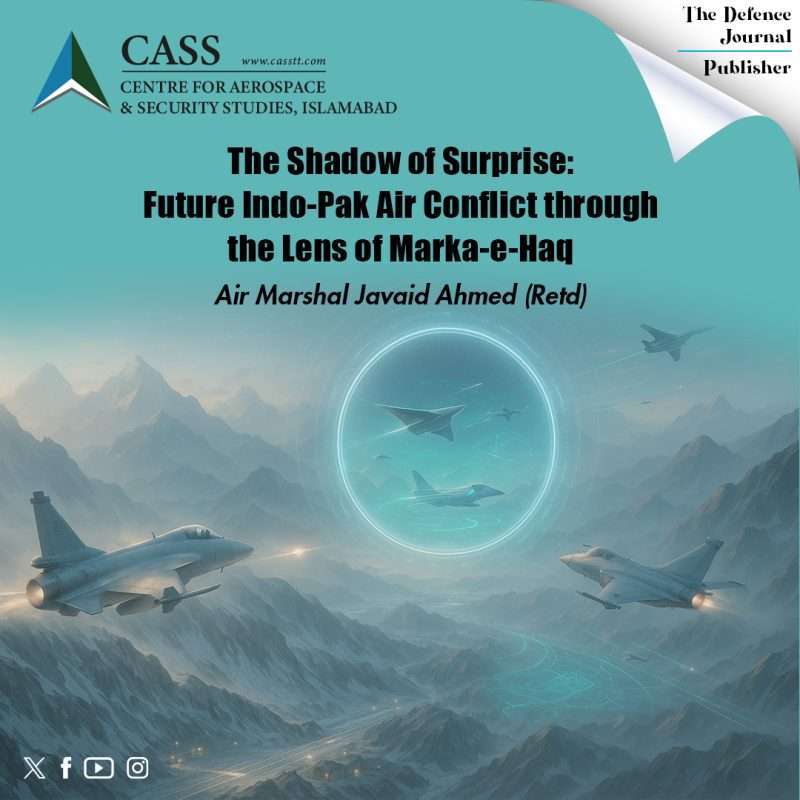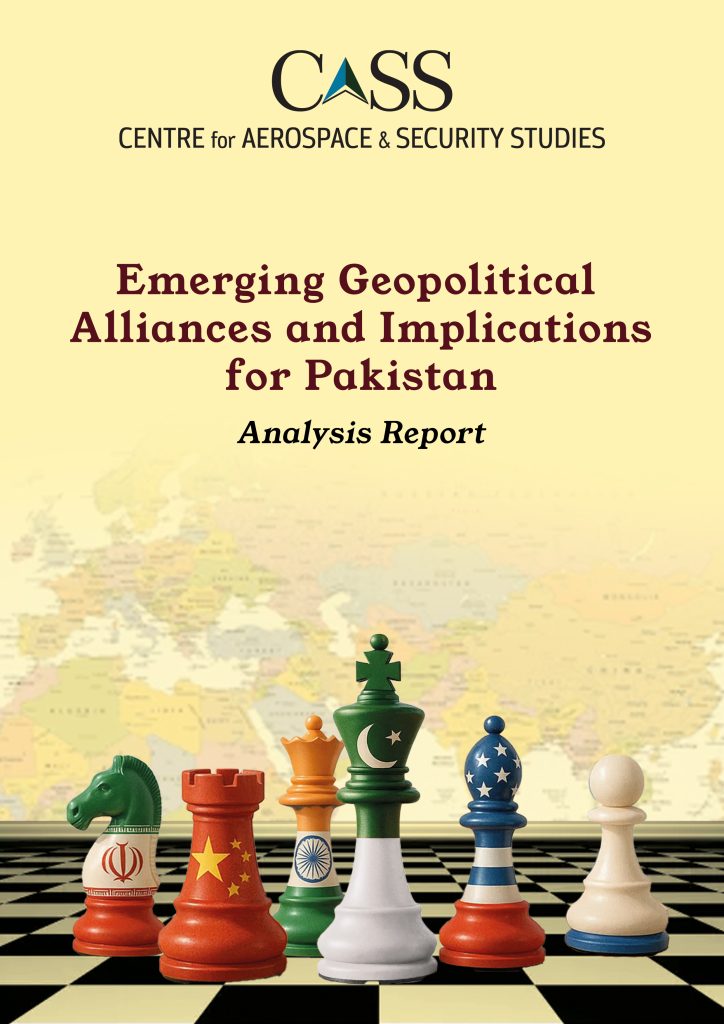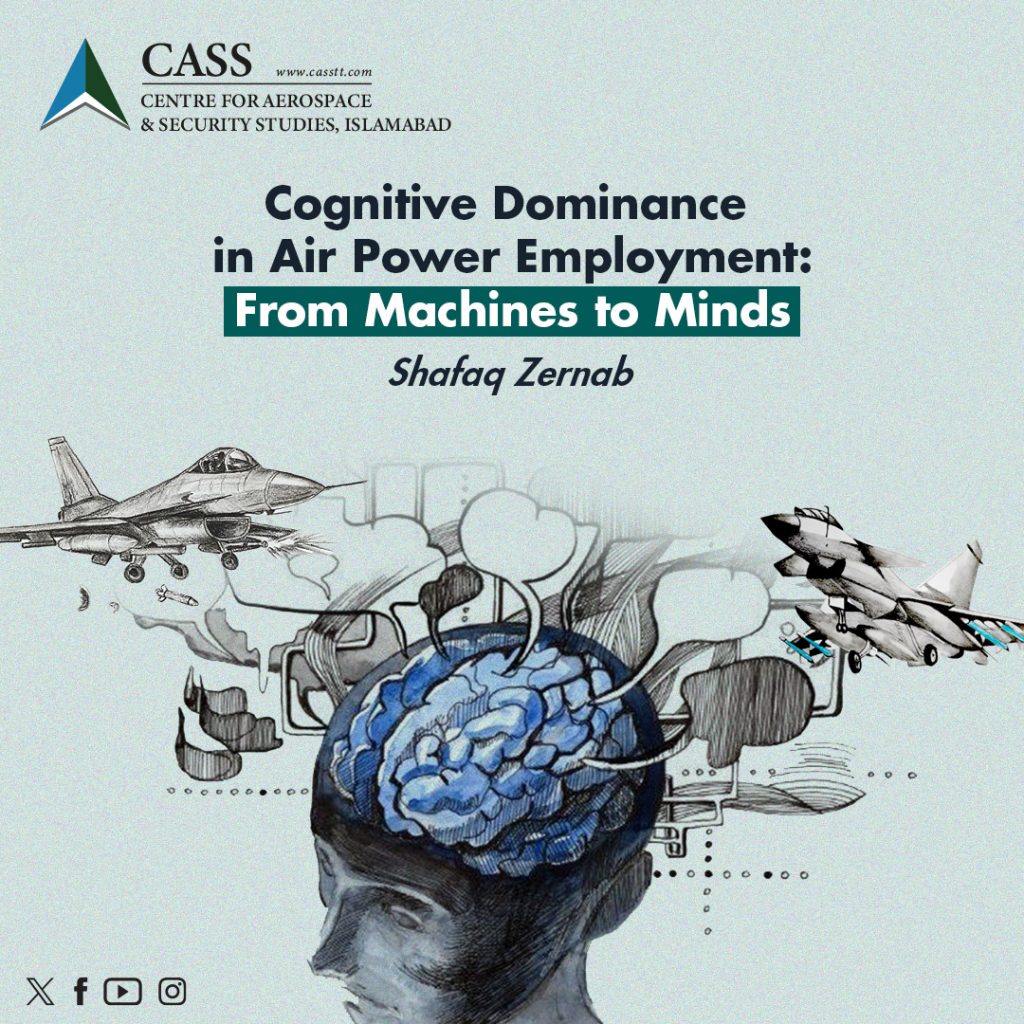As a guarantor of advantage, the element of surprise is an inherent component of aerial warfare at the strategic, operational, or tactical level. As a core principle of air power, its significance is ingrained in every airman, from the commander to a fighter pilot. The application of surprise extends across both offensive and defensive operations, with its effectiveness demonstrated from early fighter tactics such as ‘attacking from the Sun’ during the World War I to the employment of stealth bombers in the June 2025 strike on Iran’s nuclear sites.
Surprise played a central role in the Pakistan-India 12-day war of May 2025 as well. It is highly likely that India’s Operation Sindoor was planned well in advance, with targets identified and rehearsed through simulations during training exercises, designated pilots tasked with executing missions involving delivery of precision-guided munitions from standoff ranges.
The Indian Air Force (IAF)’s attacks on 7th May were preceded by a series of deception manoeuvres aimed at disorienting and surprising the Pakistan Air Force (PAF). However, the PAF’s counter-surprise proved paralysing. The IAF’s assessment of PAF capabilities fell short, with flawed SWOT analysis and critical misjudgements. Contrary to Indian expectations, the PAF demonstrated a clear edge in organisational coherence, doctrinal clarity, technological integration, and training preparedness.
Leadership has long been a forte of the PAF. In recent years, the Air Chief has played a central role in shaping the Air Force’s vision and direction. Induction of platforms such as the J-10C, lethal PL-15, enhancements in air defence capabilities, and development of an indigenous networked weapons integration system, have all been part of a concerted effort to transform the PAF into a modern, 21st Century aerospace force. In parallel, phasing out of legacy systems such as the F-7 and Mirage fleets has enabled more effective allocation of resources towards the acquisition and development of cutting-edge technologies.
Venturing into Multi-Domain Operations (MDOs) became a strategic imperative for maintaining relevance in an evolving threat environment. Accordingly, the PAF’s operational training regimes were upgraded and adapted to function within a networked battlespace. In essence, the PAF was both equipped and prepared to counter the IAF and spring a war-winning surprise.
In the early hours of 7th May, undaunted by the largest combat mix of IAF aircraft and munitions deployed since World War II, the PAF launched a decisive response. The IAF’s initial strikes triggered a shift in the PAF’s posture from Defensive Counter Air (DCA) to an Offensive Counter Air (OCA) campaign. The loss of six aircraft within an hour dealt a crippling blow to Indian war strategists and the IAF. The subsequent PAF strikes were another surprise when they destroyed assets deep within Indian territory, including S-400 air defence batteries.
The unique 100-hour war is being analysed in military circles worldwide, from war colleges to aviation experts. Its lessons are likely to inform contemporary airpower strategies for years to come. In parallel, the global aviation industry is deliberating the efficacy of weapon systems sourced from various international suppliers.
From a strategic perspective, war dynamics between two nuclear-armed neighbours with contiguous borders are uniquely complex and fraught with risk. In such scenarios, predictive models and conventional war-gaming often fall short of capturing the full range of possible outcomes. However, both sides have initiated efforts to address capability gaps. Ironically, the IAF, which had long been advocating for capability enhancement, now finds renewed urgency and justification in the operational lessons of Operation Sindoor. The campaign has provided impetus to fast-track emergency funding and enhance warfighting readiness.
In a competitive tri-service funding environment, the IAF is using the narrative of a two-front war to secure a larger share of defence resources. This effort is buffered by a hyper-nationalist media which is projecting claims that the IAF has been underfunded in its modernisation drive. Hence, India is now actively pursuing a comprehensive rearmament programme. High on the procurement agenda is acquisition of a fifth-generation fighter aircraft comparable to the Su-57 or F-35, along with extended-range beyond-visual-range (BVR) missiles, advanced air-to-surface munitions, early warning systems, and air defence platforms surpassing the capabilities of the S-400, ideally, the S-500. The list also includes a range of surface-to-surface missiles (SSMs), unmanned aerial systems, and satellite technologies. However, much of this growing arsenal has yet to be effectively integrated into a unified, networked operational architecture.
These plans suggest an expanded role for the IAF in leading future campaigns against Pakistan. Drawing lessons from Operation Sindoor, the IAF is likely to prioritise Suppression of Enemy Air Defences (SEAD) missions with the deliberate element of surprise. In this context, drones, long-range air-launched munitions, SSMs, and advanced fighter aircraft can play a major role in any prospective conflict scenario.
The PAF is also adapting in response to this evolving threat. Reports of the potential induction of fifth-generation platforms such as the J-35, improved BVR missiles, airborne early warning and control systems (AEWCS), and enhanced air defence capabilities, show its continued focus on technological modernisation. As a service traditionally leading in defence innovation, the PAF has already aligned its doctrine and operational strategies to integrate these future capabilities.
Having internalised the lessons of the recent conflict, the PAF will never allow itself to be strategically outmanoeuvred. At the same time, the option of launching a surprise countermeasure remains firmly on the table. Historically, Pakistan’s military posture has centred on deterrence, aiming to prevent war rather than initiate it. However, the unfolding dynamics of Marka-e-Haq have altered the strategic calculus. While airpower dominated the recent conflict, integration of drones and SSMs introduces a new dimension to warfare in South Asia. These capabilities not only enhance response flexibility but also expose the breadth of Indian territory to potential pre-emptive or retaliatory strikes, should circumstances necessitate such action.
With multiple internal schisms within India and the assertive posture of a BJP-led Modi government, possibility of future operations resembling Sindoor cannot be dismissed. However, any such adventurism could lead to more consequential outcomes than the four-day war of May 2025. With enhanced capabilities, doctrinal clarity, and strategic readiness, Pakistan and the PAF will never be taken by surprise and will act with precision and resolve.
Air Marshal Javaid Ahmed (Retd) is President of the Centre for Aerospace & Security Studies (CASS), Islamabad and a former Vice Chancellor of Air University. Email: [email protected]





